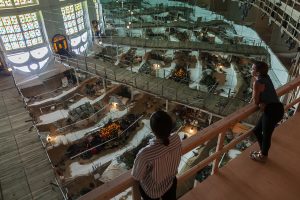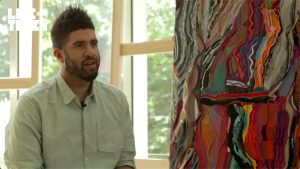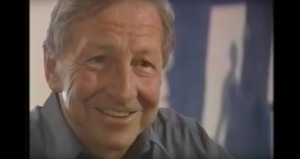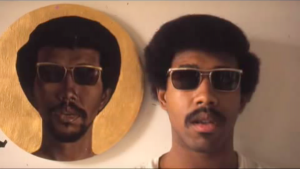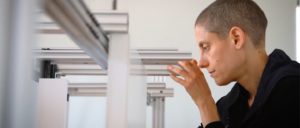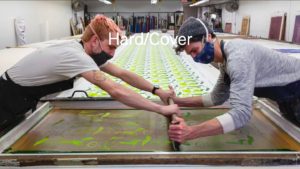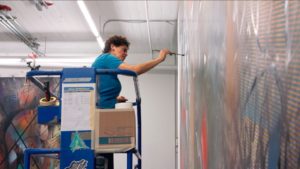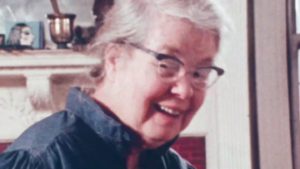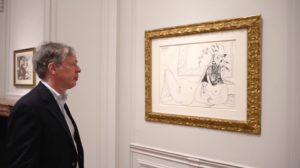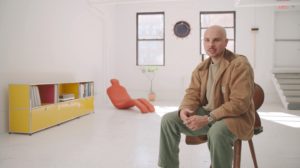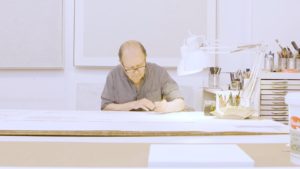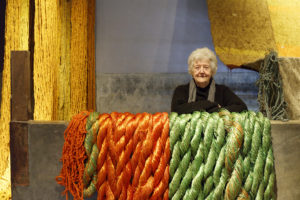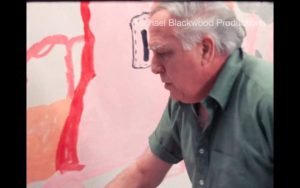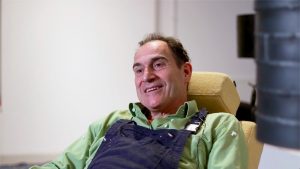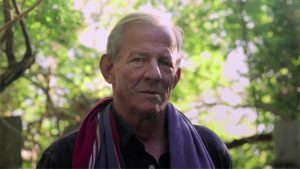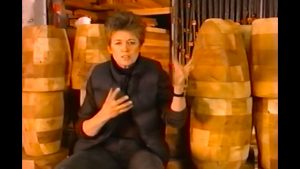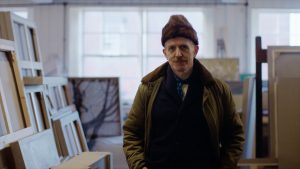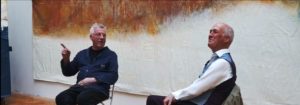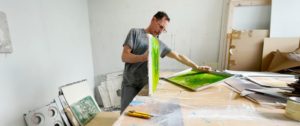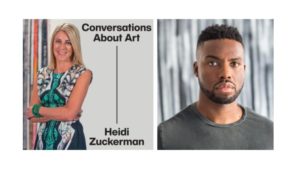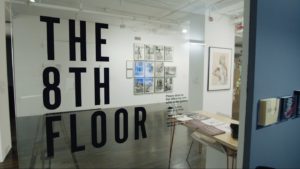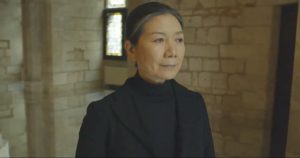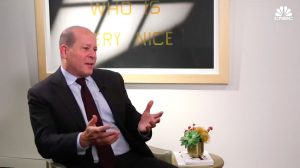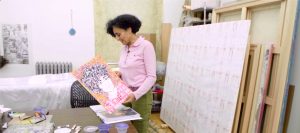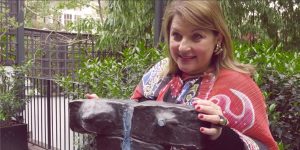
MUSEUMS: Fabric Workshop and Museum Explores Clay and Fabric
Fabric Workshop and Museum
“I’m still, today, very interested in function. Not necessarily the actual function, but in the idea of function, so that they’re about function, and there’s an implied function.” — Betty Woodman
At the Fabric Workshop and Museum (through September 26, 2021) is the exhibition Hard/Cover, in collaboration with Philadelphia’s Clay Studio, exploring the ways in which artists expand their practices when they experiment with new processes and materials. In 1980, celebrated ceramicist Betty Woodman collaborated with the FWM as an artist in residence to create a series of screenprints to act as frames for her ceramic works. In this video, the FWM plumbs its archives to explore some of the past collaborations that are now featured in this current exhibition.
From the Fabric Workshop and Museum:
A collaboration with Philadelphia’s Clay Studio, Hard/Cover includes important artworks from past residents Louise Bourgeois (1911-2010), Viola Frey (1933—2004), Toshiko Takaezu (1922—2011), and Betty Woodman (1930—2018), as well as new works by five contemporary artists who have been invited to expand their practice with screenprinting. These artists include Woody De Othello (Oakland, CA), Jane Irish (Philadelphia, PA), Mark Barrow & Sarah Parke (Queens, NY), and Shino Takeda (Brooklyn, NY).
Hard/Cover looks closely at the relationship between time, process, and space in developing an interdisciplinary practice. Framed by celebrated works from past Artists-in-Residence working at FWM in the late 1980s and early ‘90s, as well as tableaus and scenes created by contemporary artists, the exhibition considers how changes in one’s creative practice can open up new pathways of conveying integral ideas. For Frey, Takaezu, and Woodman, their collective shift away from utilitarian function toward aesthetic and emotive properties illustrated tension in a world that did not easily make room for female artists with a material-focused practice. Now, more than three decades later, artists such as De Othello, Irish, Barrow Parke, and Takeda can employ interdisciplinary practices that move between function, pleasure, and critical discourse.


